Share:
How to Choose a Puzzle for Kids
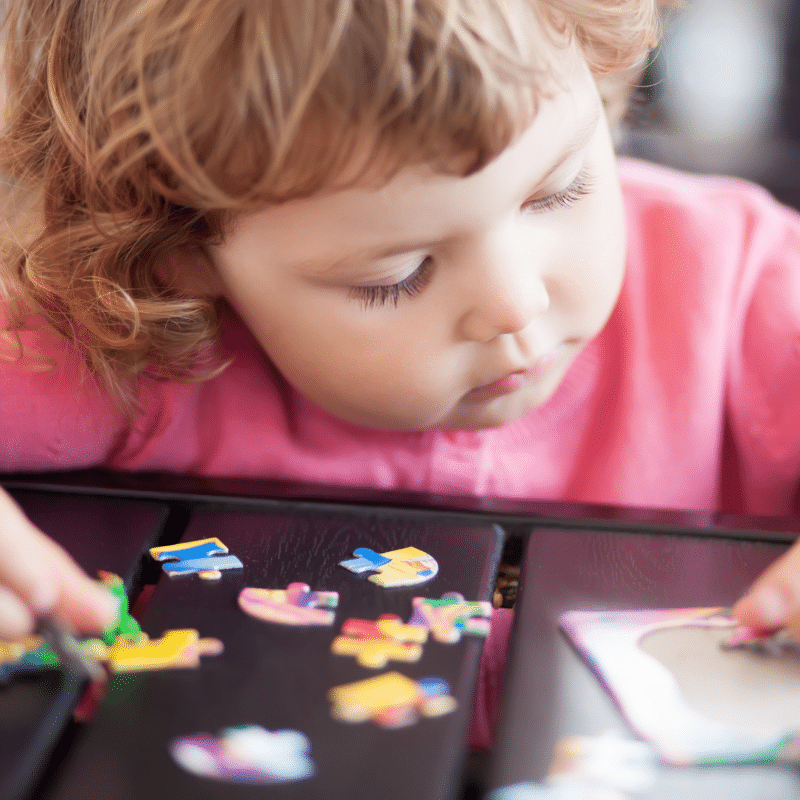
If you’re looking for a powerful, mind-building toy, I can’t help but point you in the direction of a classic… a true superhero in the toy world… the puzzle! For a toy that builds mental strength starting at around age 1 and continues to engage adult minds, you can’t beat puzzles.
Puzzles have many superpowers. Putting together a puzzle helps teach part-to-whole relationships, spatial orientation, pattern recognition and executive functioning. Simply put, puzzles help your little ones learn to organize their brains and bodies to complete a task. Assembling pieces together helps with fine motor dexterity too. And when kids work together on a puzzle, they build important teamwork and social skills.
How to make sure kids are getting the most out of puzzle playtime
Puzzles are for everyone. But let’s talk about our preschoolers, who are transitioning from simple matching puzzles to more complex 24+ piece puzzles.
Tiny toddlers can start with a chunky puzzle that requires matching shapes into corresponding spaces on a board. We love this one from Djeco for its brightly painted pieces that fit nicely into a felt board.
Follow a three-step model for toy introduction, including puzzles:
- ADULT LEADS
Encourage your child hand to hand you a piece and talk out loud about your process for deciding which pieces go together. As you start to put the puzzle together ask your child questions like:
- What animal could this be a part of?
- Do you see any other pieces with orange?
You can begin to put pieces together or guide your child’s hands in placing pieces together.
2. COLLABORATE
Hand your child pieces and give verbal guidance and prompting. For example:
- This is the eye of the elephant, where could that piece go?
- This looks like it goes above the _____. Try turning the piece.
- Looking at the picture, what part of the puzzle do you think this piece is
Have your little one connect the pieces independently. Let them do as much as they are able while asking thoughtful questions.
3. CHILD LEADS
When the child leads, you can still give verbal promptings and ask guiding questions like:
- Where should we start? (They’ll identify a part of the picture on the box)
- Can you group the pieces by color or pattern?
- Can you find all the butterfly pieces?
- What part of the animal would go here?
- Can you find a piece that looks like…?
If they struggle, suggest trying a different part of the puzzle first. Starting with the edges is a fail-safe strategy for success.
Continue to PLAY!
Once the puzzle is built try playing eye spy. Ask them to tell you a story about the scene, count how many items they see in the puzzle, or play ‘what sound do the animals in the picture make?’
As kids gain skills with their puzzle-solving, you can begin to challenge them with smaller pieces, more pieces, or more complex patterns.
Here’s some puzzle suggestions for all ages:
Baby:
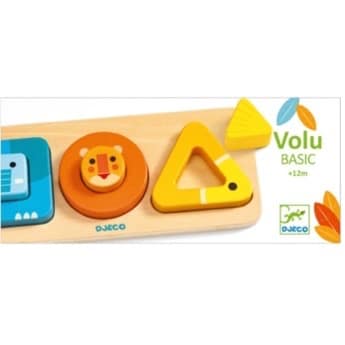
For a first puzzle, you can’t go wrong with this simple, three shape puzzle. The animal faces are cute, there are bright colors to identify, and large pieces are easy to grip in tiny hands. This will be an instant favorite!
Toddler:
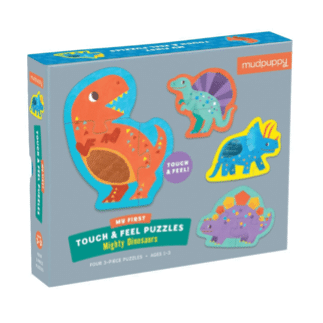
The Touch and Feel Dinosaur Puzzle includes four, three-piece puzzles and is engaging with bright colors and fun textures. Chunky pieces are easy to grasp and put together making this a great first flat puzzle for your little one.
Preschool:
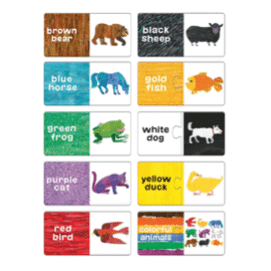
I love simple puzzles for preschoolers that help reinforce other skills, like color or shape recognition. This one is beautifully created with Eric Carl illustrations from the classic children’s book Brown Bear, Brown Bear What do you See?
Pre-teen and Teen:
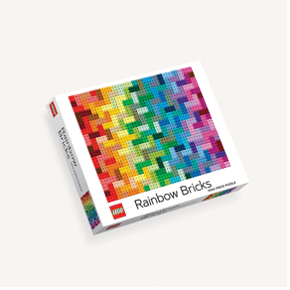
This 1000-piece Lego puzzle plays a trick on the eyes as kids and adults are challenged to assemble this repeating pattern. A great puzzle to complete as a family for some quality time.
As always, reach out to us for the latest and greatest in the world of puzzles.
- Jenn Mawcinitt
- Play
Share:
